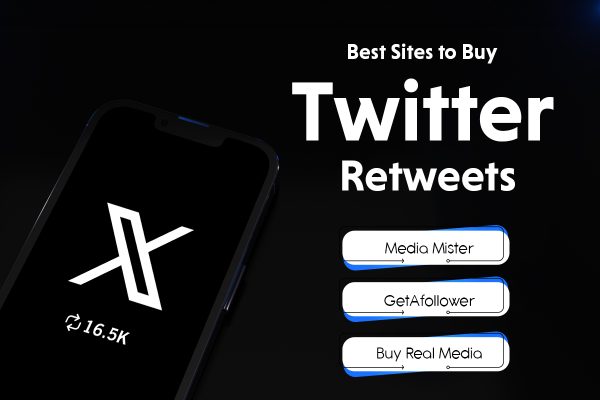The ups and downs of automatic coupon services
April 28, 2022
Few people expect to pay a total price when buying items and services online. When so many merchants are giving new customer discounts and digital coupons, there is a higher chance that you will find a coupon code to use on your next online purchase. Coupons or coupon apps are frequently used by retailers in their marketing efforts to promote sales conversion rates and client loyalty.
Online customers know how to get the most out of their money by combining coupons with additional offers and cash-back incentives. It might result in a less profitable transaction for merchants. However, to fulfill customers’ need to purchase online and via mobile devices, marketers boost their digital coupons distribution.
Coupons: Physical vs Digital
There are a few tiny distinctions between physical and digital coupons, even though their goal is essentially the same.
Incorporating physical coupons into your marketing campaign is substantially more expensive. Printing, insertion, and distribution fees apply to physical coupons, but digital coupons may be sent by text, email, and automatically produced communications. One such example of digital coupons is the one you get on Ice Casino; you enter the code or avail of the offer directly through your online casino profile.
What Are Digital Coupons and How Do They Work?
Retailers use digital coupons to give discounts and promotions to present and potential consumers. Most digital coupons are designed to entice customers to purchase on a retailer’s website by giving a percentage off, free delivery, or discount.
Digital discounts are simple to send, but they might get buried in the deluge of emails that most inboxes now get regularly.
The use of digital incentives by shops does not appear to be slowing down. We may anticipate a surge over the holiday shopping season, with further incentives being provided on a case-by-case basis long into the new year.
UPS
Consumers are increasingly expecting discounts in addition to product and promotional information. Those that do not provide them risk being missed or losing business to a rival.
1. Coupons are used by 90% of customers
Consumers enjoy feeling as though they have gotten a ‘good deal.’ Completing a purchase with a discount or incentive is a pleasant experience and comforting.
2. By 2022, digital coupon redemptions will have surpassed $90 billion
Today, much work is put into making coupon redemption easier and faster. Retailers must provide an outstanding user experience to their customers. It is crucial to your reputation and recognition as a trustworthy retailer.
This figure should continue to climb as more customers become comfortable using their phones for mobile shopping transactions, thanks to developments in user interface design for mobile devices.
- More coupons should be offered, according to 63 percent of customers. Who doesn’t want to be a part of that? Furthermore, merchants who give coupons sometimes see recurring business from clients who may have been hard to come by and have become accustomed to receiving special treatment in discounts and other incentives.
- Coupon-enabled emails result in a 48 percent boost in income per email. It comes as no surprise: email has evolved into a powerful tool for delivering customized content on time. Marketing techniques that include even the most basic degree of personalization, such as content or product recommendations based on previous browsing or purchase history, generally outperform generic communications.
If the recipient, offers, time and product mix are all good, tying a coupon to such an offer might dramatically boost its efficacy.
DOWNS
Despite the many benefits, it’s essential to acknowledge the drawbacks. There are a few things to keep in mind when using coupons in your promotional strategy.
1. A decrease in perceived worth
Coupons reduce the value of a brand and product, mainly when merchants employ them to boost volume. Closeout items, bargain stores, end-of-life products, and the practice of simply moving a failing product are all related to coupons. Even if the merchant has no intention of decreasing the value provided, the negative connotation of discounting a product or service that should have been priced appropriately in the first place may degrade value. It also raises purchasers’ anticipation of obtaining it for a reduced price.
2. Delayed and less lucrative sales
When coupons are utilized often in marketing, there is a danger of sales being delayed. It is especially true for returning consumers since you teach them to wait for a better bargain. Make sure you only use coupons and incentives on things that need a boost, not those currently selling at a reasonable price.
There’s also a risk to your bottom line here. Coupons are spent with extra costs, whether used to recruit new consumers or keep existing ones. It isn’t a long-term plan. It will result in a more significant customer turnover rate than competitively pricing your items and giving a superior overall product and purchase experience.
- Higher rate of abandoned shopping carts. Have you ever put anything in your online shopping basket to become sidetracked and abandon your purchase? Many merchants unwittingly encourage customers to regularly by adding a visible coupon or discount code field in their checkout process.
Customers who would have purchased even if they didn’t have a coupon have suddenly discovered a cause to look for one online, increasing cart abandonment if they don’t find one.
Conclusion
Coupons are a popular way to boost sales and volume. Coupons may help you quickly expand your customer base and temporarily enhance your conversion rates if you include them in your marketing mix. While there is no actual replacement for providing high-quality goods at reasonable costs, coupons can assist reinforce such efforts when the competition heats up or customer expectations demand it.
Since being addicted to couponing, planning and budgeting wisely may be a costly, unsustainable strategy many firms can’t afford. Coupons will not help you build brand equity, but pairing them with a high-quality product can.




